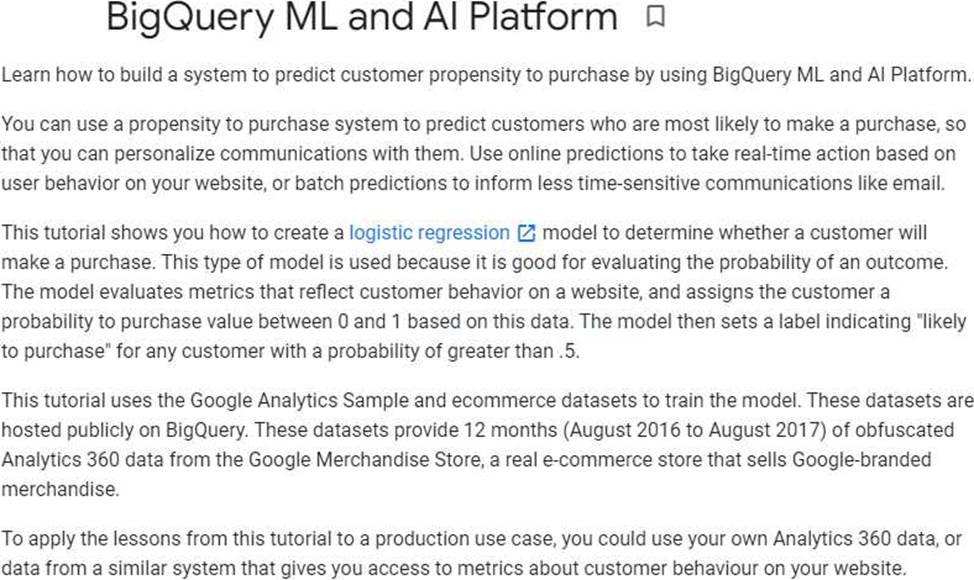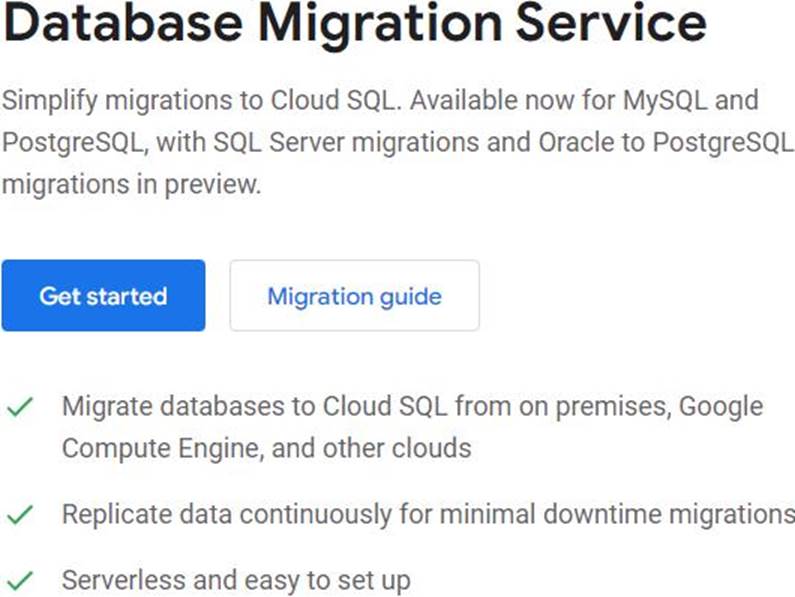Practice Free Cloud-Digital-Leader Exam Online Questions
You want to build an application that will allow customers to register and login. It would be great to have the ability to secure it with multi-factor authentication and the ability to reset credentials. As a small startup, you want to build the main application as quickly as possible and have minimum overhead.
Which might be a suitable option for you on Google Cloud?
- A . Since identity and credentials should be secure and private, do not trust other ser-vice providers.
- B . Cloud Identity
- C . Google Workspace
- D . Cloud Identity Platform
D
Explanation:
Cloud Identity Platform
Cloud Identity Platform allows you to manage identity and credentials for your consumer-facing applications. So that’s the right one in this case to use. "Identity Platform is a customer identity and access management (CIAM) platform that helps organizations add identity and access management functionality to their applications, protect user accounts, and scale with confidence on Google Cloud."
Reference link- https://cloud.google.com/identity-platform
An organization wants to build an entirely new infrastructure and applications in the cloud.
Which application modernization approach should the organization use?
- A . Move the application to the cloud, and then change it.
- B . Change their application, and then move it to the cloud.
- C . Invent in greenfield.
- D . Invent in brownfield.
C
Explanation:
A Greenfield approach is a brand-new implementation, where companies then add their needed configurations and customizations. This approach provides a clean slate to start from, does not carry over needless customizations and technical debt, and provides a solid foundation for business process re-engineering.
A greenfield deployment is the design, installation and configuration of computer infrastructure where none existed before, for example, in a new office. In contrast, a brownfield deployment is an upgrade or addition to existing infrastructure using legacy components.
Keeping Flavours of Apigee in mind, which of the following statements is/are correct?
- A . A hybrid version consisting of a runtime plane installed on-premises or in a cloud provider of your choice, and a management plane running in Apigee’s cloud. In this model, API traffic and data are confined within your own enterprise-approved boundaries.
- B . A hosted SaaS version in which Apigee maintains the environment, allowing you to concentrate on building your services and defining the APIs to those services.
- C . There are two types of Flavours in Apigee i.e. Apigee & Apigee Hybrid.
- D . All of the above are correct.
D
Explanation:
Flavors of Apigee
Apigee comes in the following flavors:
Apigee: A hosted SaaS version in which Apigee maintains the environment, allowing you to concentrate on building your services and defining the APIs to those services.
Apigee hybrid: A hybrid version consisting of a runtime plane installed on-premises or in a cloud provider of your choice, and a management plane running in Apigee’s cloud. In this model, API traffic and data are confined within your own enterprise-approved boundaries.
Your organization runs a distributed application in the Compute Engine virtual machines. Your organization needs redundancy, but it also needs extremely fast communication (less than 10 milliseconds) between the parts of the application in different virtual machines.
Where should your organization locate this virtual machines?
- A . In a single zone within a single region
- B . In different zones within a single region
- C . In multiple regions, using one zone per region
- D . In multiple regions, using multiple zones per region
B
Explanation:
Multi zone is also redundant within the region and it provides the lowest latency.
Reference link: https://cloud.google.com/solutions/best-practices-compute-engine-region-selection
An organization has an ecommerce application that requires a cost-effective, transactional database. The application will only serve customers in a single region.
Which service should they use?
- A . Cloud Spanner
- B . Cloud Bigtable
- C . Cloud SQL
- D . BigQuery
An organization has an ecommerce application that requires a cost-effective, transactional database. The application will only serve customers in a single region.
Which service should they use?
- A . Cloud Spanner
- B . Cloud Bigtable
- C . Cloud SQL
- D . BigQuery
Your organization wants to predict the behavior of visitors to its public website. To do that, you have decided to build a machine learning model. Your team has database-related skills but only basic machine learning skills, and would like to use those database skills.
Which Google Cloud product or feature should your organization choose?
- A . BigQuery ML
- B . LookML
- C . TensorFlow
- D . Cloud SQL
A
Explanation:
Reference: https://cloud.google.com/architecture/predicting-customer-propensity-to-buy

You’re negotiating SLAs with a customer. You have communicated that there will be a 99.99% (four 9s) availability for the service you are providing. Every aspect of the service is under your con-trol. They want to modify the reliability to 99.999% (five 9s).
What do you tell them? (Choose two answer)
- A . Yes, that could be possible. If yes, there will be a significantly higher charge be-cause the effort is significantly higher too.
- B . Yes, that is possible, but there will be an additional charge of 9% for the service because that is the additional effort required.
- C . Yes, that is possible. There is hardly any difference to provide another 0.009% availability.
- D . Ask them for the reasonable downtime they are willing to absorb. If it is more than 60 minutes in an entire year, explain how the current SLA meets that requirement.
AD
Explanation:
In many cases, customers might not know the implications of the 9s with respect to scheduled maintenance, upgrades, etc. It’s possible that they are holding unnecessary expectations that significantly exceed their requirements.
-> Even though 0.0009 % increase it looks like a small increment, an addition of a single 9 reduces the possible downtime by 10 times. So the effort is often much greater.
Reference link- https://en.wikipedia.org/wiki/High_availability
Your customer currently has a hybrid cloud setup including their on-premises data center and AWS. They are consolidating all their services on Google Cloud as part of a modernization plan and want to spend less IT effort in the future. There are about 10 MySQL and 25 PostgreSQL databases across the two DCs.
What is the best option to for them?
- A . Use the Data Catalog Service to manage the metadata of the databases
- B . Use Cloud Dataflow service and setup Google’s Cloud SQL as the sink and the others as the source,
which will cause the data to flow in as expected. - C . Use the Database Migration Service
- D . Use the Bare Metal Solution and copy the databases directly as they are on-premises and on AWS.
C
Explanation:
Explanation
Database Migration is the right one to use: "Simplifying migrations to Cloud SQL. Now available for MySQL and PostgreSQL migrations, with SQL Server coming soon." Since the customer also doesn’t want to manage their own database installations in the future, Cloud SQL is the best option.

https://cloud.google.com/database-migration
An organization wants to evaluate the performance of their entire cloud infrastructure, including
metrics like server uptime and response rate reports.
Which Google Cloud tool should the organization use?
- A . Cloud Trace
- B . Cloud Monitoring
- C . Cloud Profiler
- D . Cloud Debugger
B
Explanation:
Because Cloud Monitoring enables users to monitor the performance of their entire cloud infrastructure.
